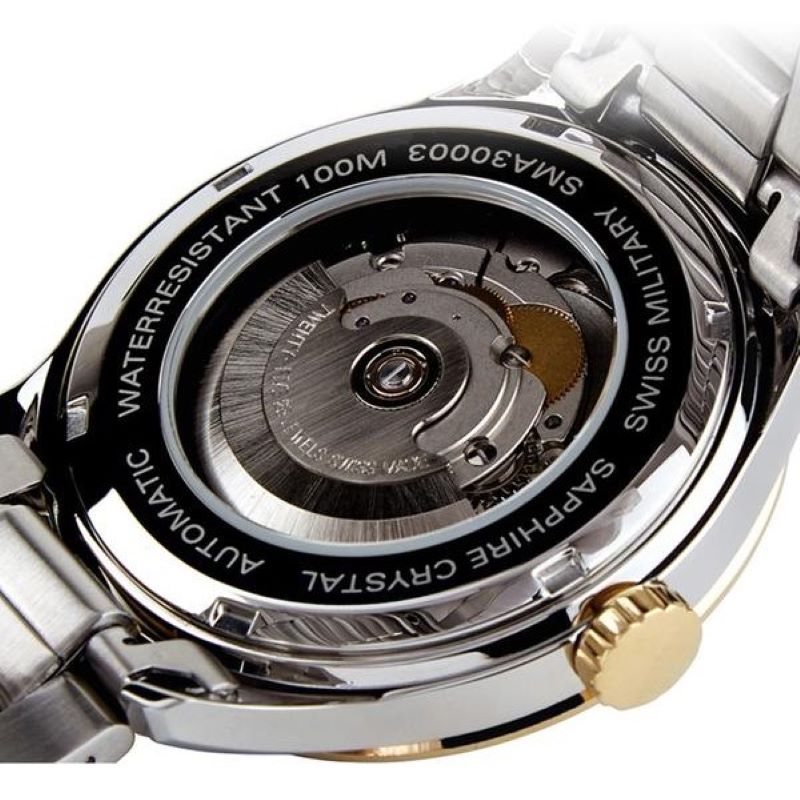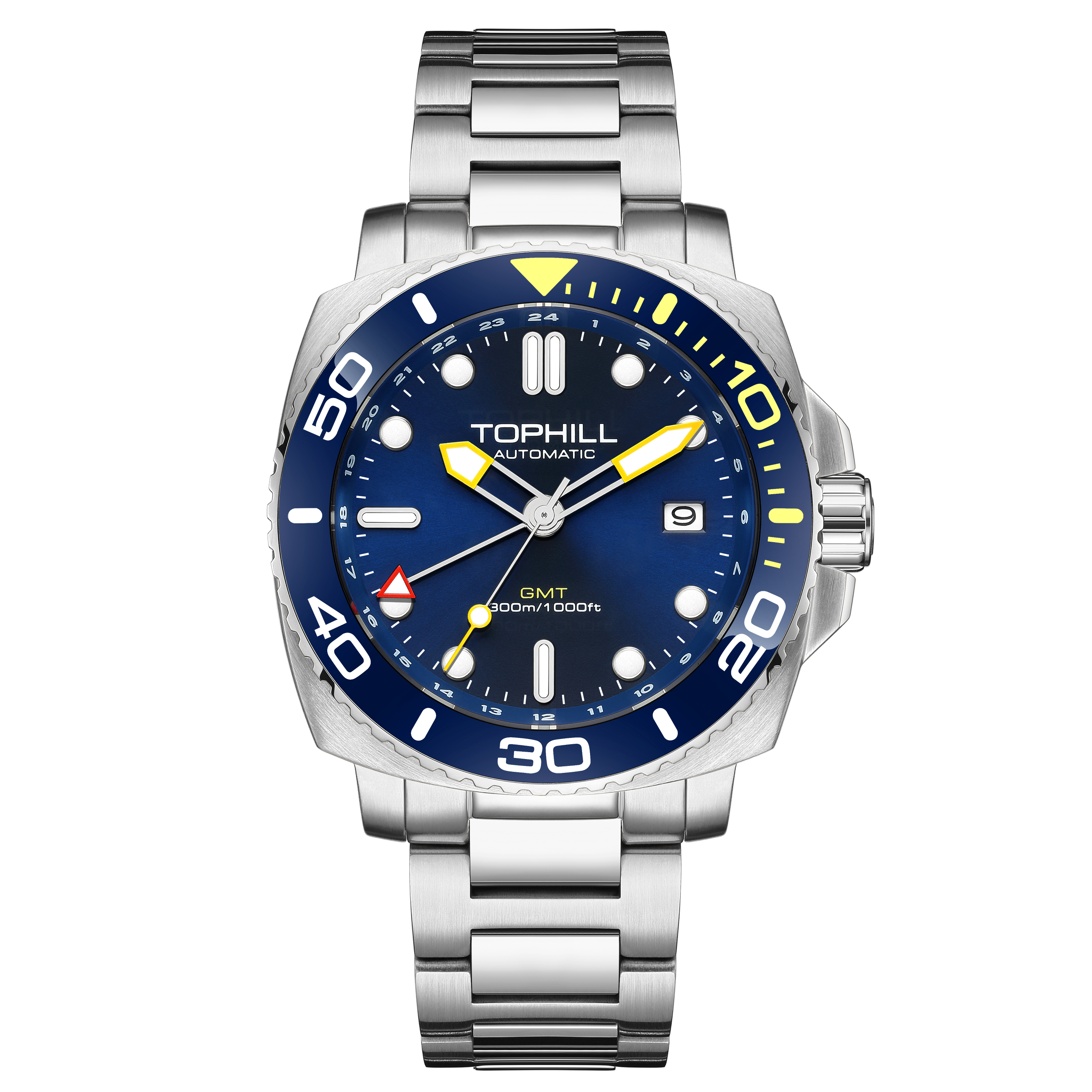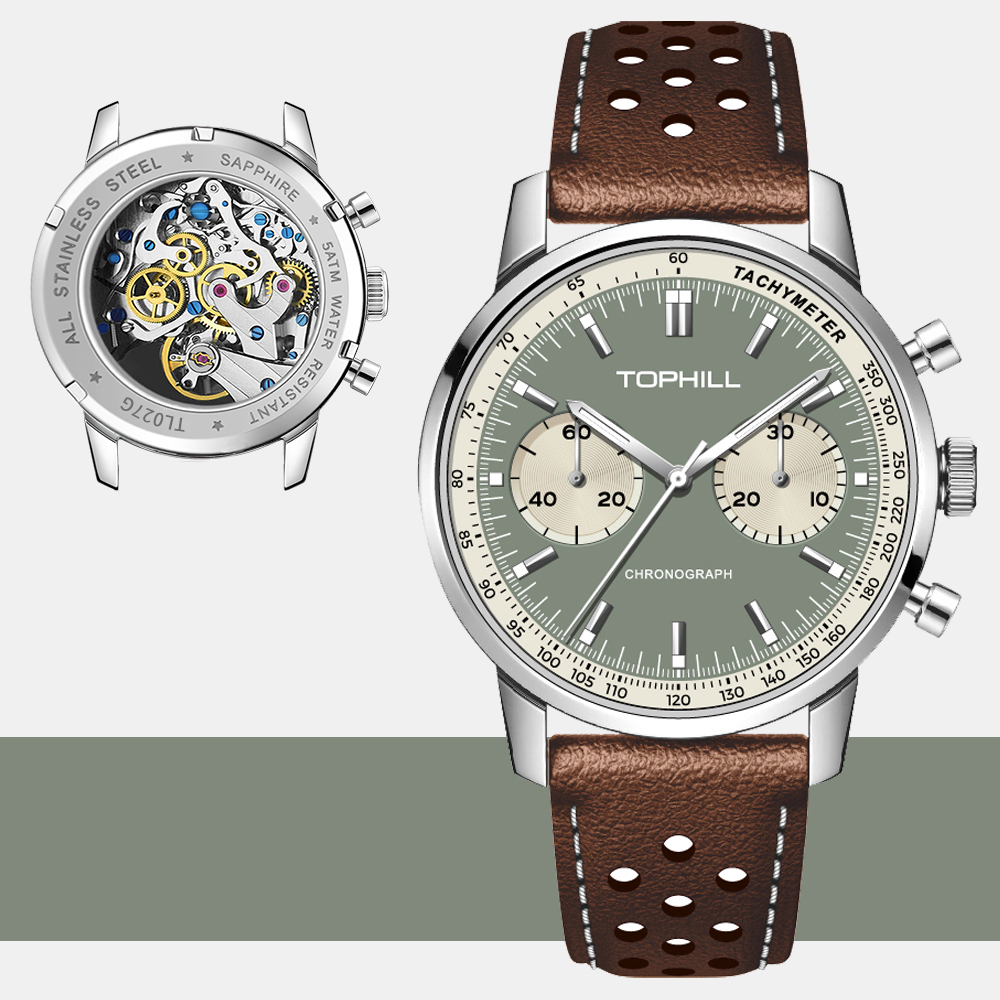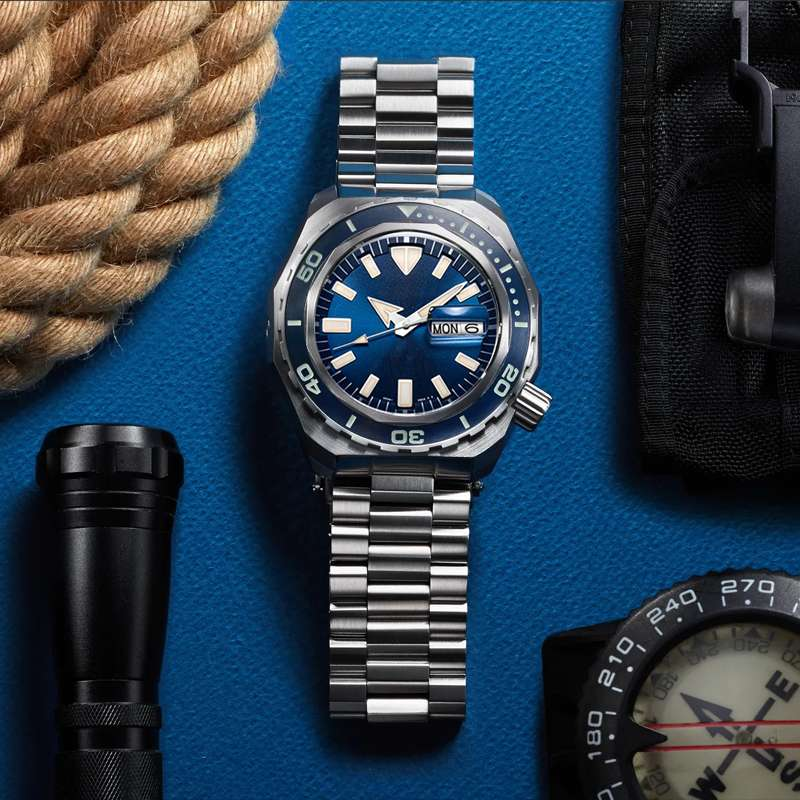Mechanical watches are marvels of engineering and craftsmanship that combine intricate mechanisms with timeless elegance. Unlike their quartz counterparts, which rely on electronic components, mechanical watches operate through a sophisticated system of gears, springs, and levers. Understanding how these timepieces work can enhance your appreciation for their artistry and precision. Here’s a comprehensive guide to the inner workings of a mechanical watch:

Core Component: At the heart of a mechanical watch is its movement, also known as the caliber. This intricate mechanism drives the watch’s hands and keeps time with remarkable accuracy.
Explanation: The movement consists of various components, including the mainspring, gear train, escapement, and balance wheel. These elements work together to ensure the watch keeps precise time.
Core Component: The mainspring is a tightly coiled spring housed within the barrel of the watch. It stores and releases energy to power the watch.
Explanation: When wound, the mainspring stores potential energy. As it unwinds, it releases this energy in a controlled manner, driving the watch’s gear train. The mainspring must be wound regularly to maintain accurate timekeeping.
Core Component: The gear train consists of a series of gears and wheels that transfer energy from the mainspring to the escapement.
Explanation: As the mainspring unwinds, it drives the gear train, which reduces the energy’s speed and distributes it to the various components of the watch. The gear train ensures that the hands move at a consistent rate, accurately displaying the time.
Core Component: The escapement regulates the release of energy from the gear train to the balance wheel, ensuring precise timekeeping.
Explanation: The escapement consists of the pallet fork and the escape wheel. The pallet fork locks and releases the escape wheel at regular intervals, allowing controlled bursts of energy to reach the balance wheel. This process is crucial for maintaining the watch’s accuracy.
Core Component: The balance wheel, along with the hairspring (or balance spring), is responsible for regulating the watch’s timekeeping.
Explanation: The balance wheel oscillates back and forth at a constant rate, driven by the hairspring. This oscillation divides time into consistent, equal segments. The escapement’s regulation of energy ensures that the balance wheel maintains its precise rhythm.
Core Component: The hands and dial display the time as the gears move them in relation to the timekeeping mechanism.
Explanation: The hour, minute, and second hands are mounted on the dial and connected to the gear train. As the gears turn, they move the hands around the dial to indicate the current time. The design of the dial and hands can vary, adding to the watch’s aesthetic appeal.
Core Component: The power reserve indicates the amount of time the watch will continue to run once fully wound.
Explanation: Mechanical watches have a limited power reserve, typically ranging from 24 to 48 hours. The power reserve indicator, if present, shows how much energy remains in the mainspring. Proper winding is necessary to keep the watch functioning accurately.
Core Component: Regulation and adjustment ensure the watch keeps accurate time by fine-tuning the balance wheel and escapement.
Explanation: Watchmakers use a variety of tools and techniques to adjust the watch’s timekeeping precision. This may involve adjusting the length of the hairspring, the position of the balance wheel, or the escapement’s components. Regular servicing is required to maintain accuracy.
Core Component: The case and crystal protect the internal components of the watch from dust, moisture, and damage.
Explanation: The case is the outer shell of the watch, typically made from materials like stainless steel, gold, or titanium. The crystal, often made from sapphire or mineral glass, covers the dial and hands, providing clarity and protection.
Core Component: Regular maintenance is essential for keeping a mechanical watch in optimal condition.
Explanation: Mechanical watches require periodic servicing to clean, lubricate, and adjust their components. Proper care, including regular winding and avoiding exposure to extreme conditions, helps prolong the watch’s lifespan and ensures continued accuracy.
A mechanical watch is a testament to the ingenuity and skill of horology. Its intricate system of gears, springs, and levers works harmoniously to keep time with remarkable precision. By understanding the core components and their functions, you gain a deeper appreciation for the artistry and engineering behind these timeless timepieces. Whether you’re a collector or simply fascinated by mechanical marvels, knowing how a mechanical watch works enhances your admiration for this enduring symbol of craftsmanship.
Tags: mechanical watch how mechanical watches work watch movement mechanical timepiece watch mechanics
 Why Do Dive Watches Have Helium Escape V
Why Do Dive Watches Have Helium Escape V
 SeaGull ST19 Movement: History and Desig
SeaGull ST19 Movement: History and Desig
 What Makes a High-Performance Sports Qua
What Makes a High-Performance Sports Qua
 Quartz Watch vs Mechanical Watch: Which
Quartz Watch vs Mechanical Watch: Which
Super Time